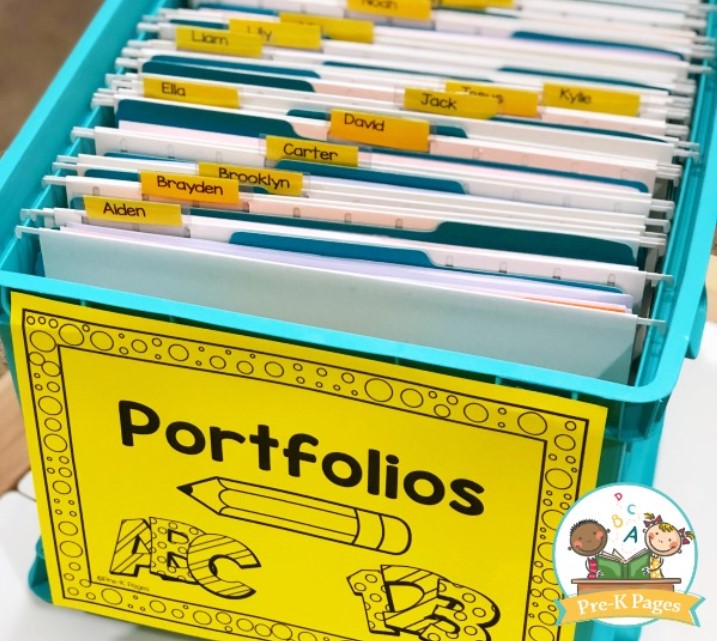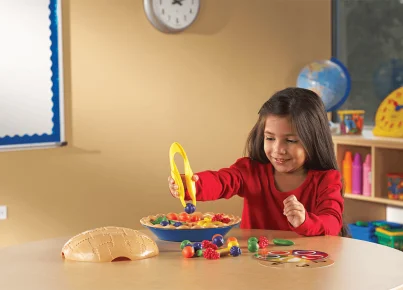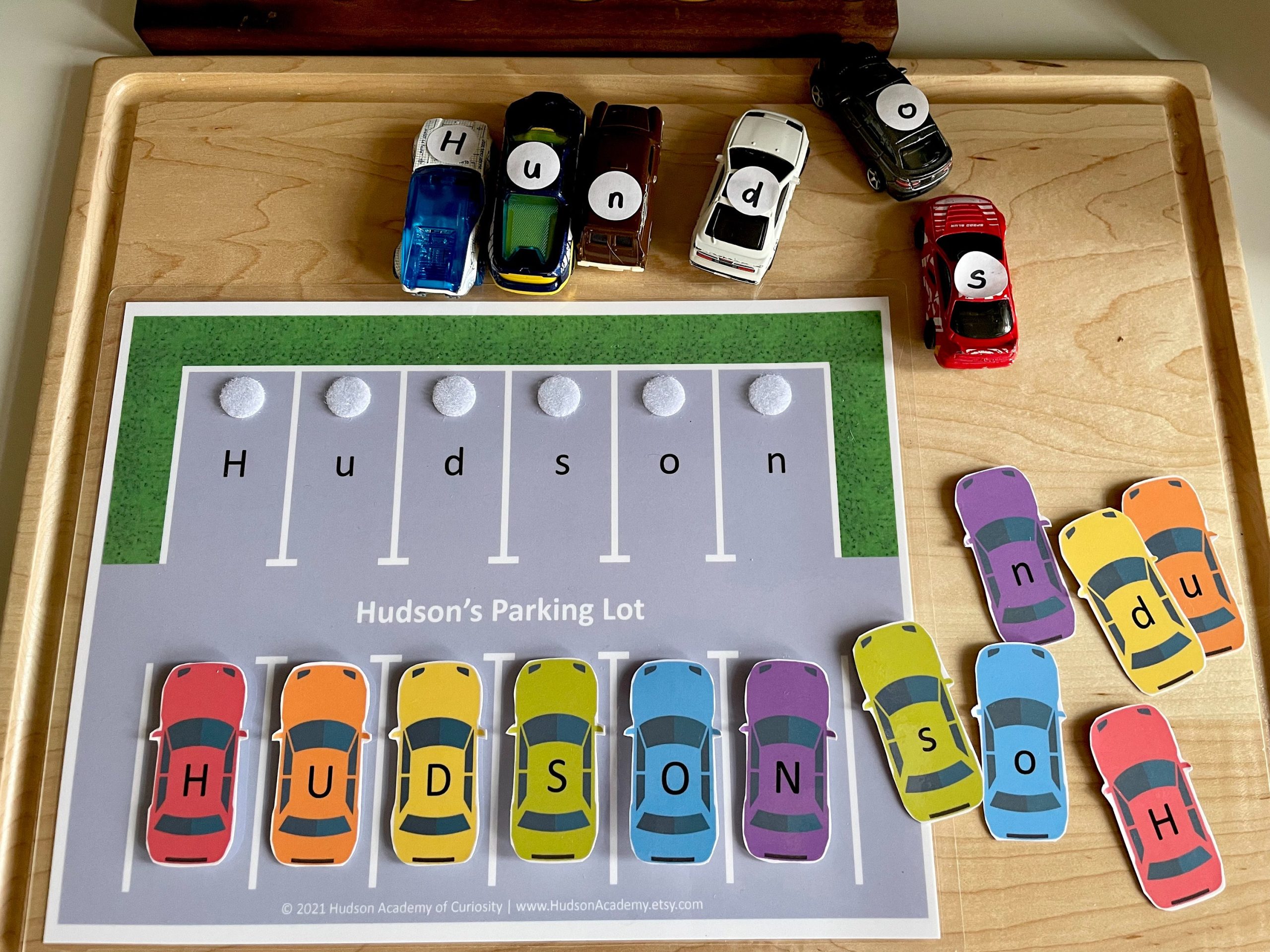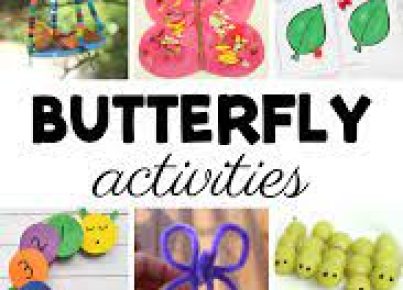Introduction
To create the ideal educational environment for preschool children, it is essential to incorporate a variety of activities that are designed to foster a love for learning. The perfect portfolio activity for preschool ages should strike a balance between promoting creativity and exploration while also adhering to key developmental milestones. In this article, we will discuss how to create an engaging and developmentally appropriate portfolio activity that will not only help nurture young minds but also support their journey towards lifelong learning.
Understanding the Importance of Portfolio Activities
Portfolio activities play a vital role in both assessing and demonstrating a child’s growth over time. These activities provide opportunities for children to showcase their unique skills and talents, allowing teachers and parents to monitor progress and celebrate achievements. Furthermore, portfolio activities offer valuable insights into individual learning styles, fostering more personalized educational experiences for each child.
Choosing Age-Appropriate Activities
When selecting the perfect preschool portfolio activity, it is crucial to ensure that the tasks involved are developmentally appropriate. Activities should cater to the cognitive, physical, social, and emotional growth of preschoolers as they develop their fine motor skills, communication abilities, problem-solving techniques, and interpersonal relationships.
1. Creative Arts: Creating opportunities for artistic expression allows preschoolers to develop their imagination while also enhancing their fine motor skills. Projects can include painting with watercolors, finger painting, collaging with various materials, or designing sculptures with clay or playdough.
2. Sensory Exploration: Sensory play encourages curiosity in young minds by incorporating different textures, tastes, sounds, scents, and sights into child-led activities. Examples include creating sensory bins filled with materials such as rice, sand or water beads; engaging in sensory walks; or experimenting with different scented playdough recipes.
3. Storytelling: Engaging children in storytelling can help build early literacy skills while also reinforcing a love for language and reading. Encourage youngsters to create their own stories, participate in group storytelling activities, or even use puppets and props to bring stories to life.
4. Science Experiments: Simple science experiments are a great way to promote problem-solving skills while also introducing preschoolers to scientific concepts. Activities may include making predictions, executing basic experiments such as creating a volcano from baking soda and vinegar, or learning about the life cycle of butterflies.
5. Dramatic Play: Dramatic play opens opportunities for children to strengthen their social skills and learn about real-world scenarios by acting them out. Set up themed play areas like a grocery store, a doctor’s office, or a construction site where youngsters can engage in role-playing games.
6. Fine Motor Skills Practice: Building fine motor skills is essential for young children as it prepares them for tasks like writing and using utensils. Include activities such as lacing cards, stacking blocks, and bead threading in your preschool portfolio.
Creating a Portfolio
Once you have selected suitable activities, document each child’s progress by collecting samples of their work, photographs of projects or events, or video recordings of performances. Organize these materials into individual folders or binders that can be shared with parents during conferences.
Conclusion
The perfect portfolio activity for preschool involves striking the right balance between fun and educational opportunities that cater to the diverse learning needs of young children. Through creative expression, sensory exploration, storytelling, science experiments, dramatic play, and fine motor skill practice nestled within developmentally appropriate tasks can nurture a genuine love for learning in the early years. By creating comprehensive portfolios for each child, teachers can closely monitor progress while celebrating the unique talents and achievements of every student in the classroom.





